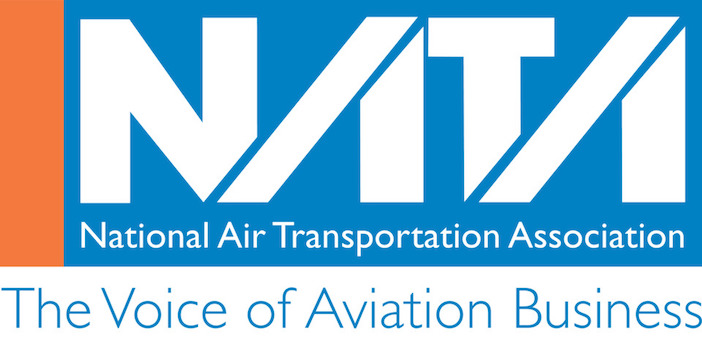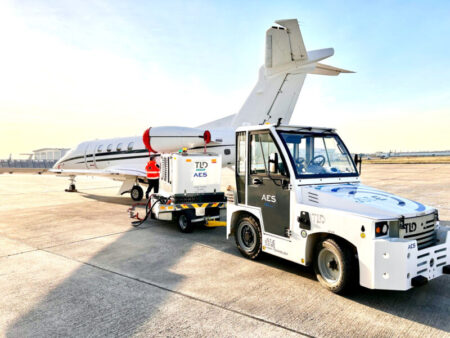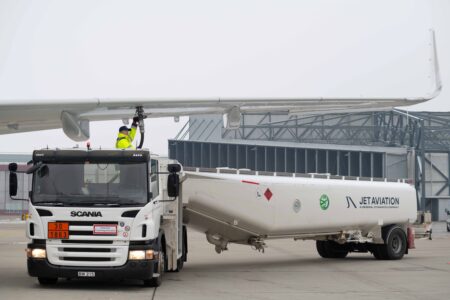In an effort to review the causes, hazards, and associated costs of accidental discharges of foam fire suppression systems, the National Air Transportation Association and the University of Maryland have signed a sponsored research agreement.
Feedback from the industry indicates the risk of accidental discharge of these systems is high and such discharges include significant costs related to clean-up, aircraft damage, and possible environmental damage.
“There is significant uncertainty surrounding the benefits versus potential hazards related to hangar foam fire suppression systems,” NATA president and CEO Gary Dempsey said. “NATA members have repeatedly voiced concern that the cost of installing these foam systems dramatically increases the expense of new hangars, while providing limited risk mitigation due to the low incidence of hangar fires.
“NATA is very pleased to contract with the University of Maryland’s Department of Fire Protection Engineering and James Milke to collect and analyze existing data to address the industry’s questions. We believe that this analysis will confirm what our members have expressed – that the cost of installation, maintenance, and clean-up from false discharges far exceeds the risk reduction of these systems,” Dempsey said.
The project will also address high-expansion and low-expansion foam systems, in addition to determining the rationale for the requirement of foam systems included in the National Fire Protection Association (NFPA) 409 for aircraft hangars.
The revision cycle for the NFPA 409 standard is currently underway and NATA’s proposal and industry comments are due by November 14, 2019.
The NFPA 409 Technical Committee will review industry comments and internal processes will occur during late 2019 through mid-2021. The next edition of NFPA 409 will be published in early 2021.





